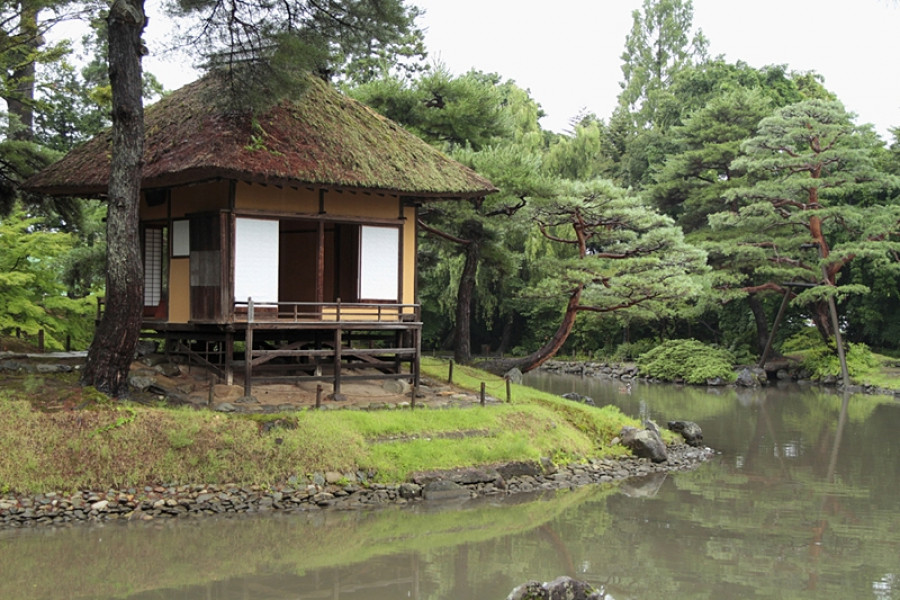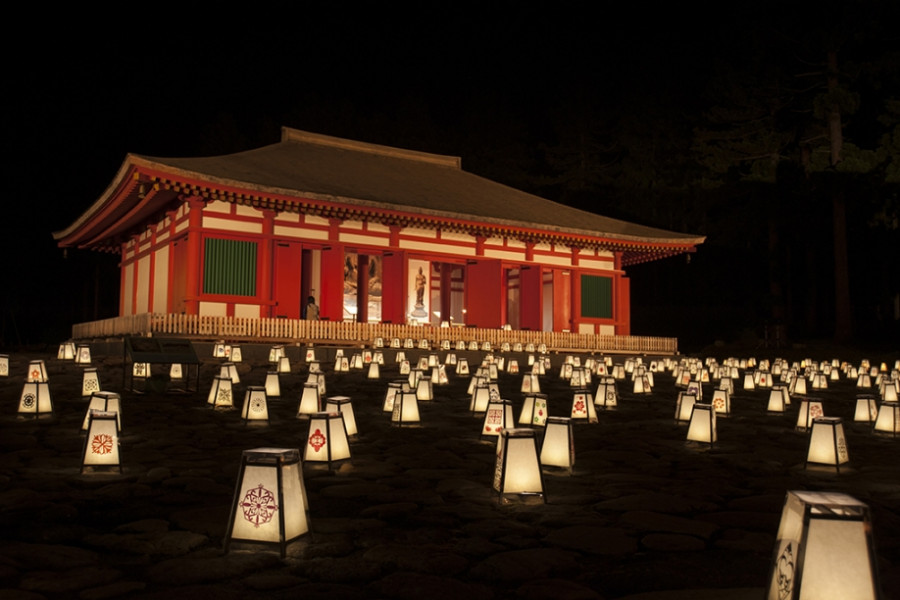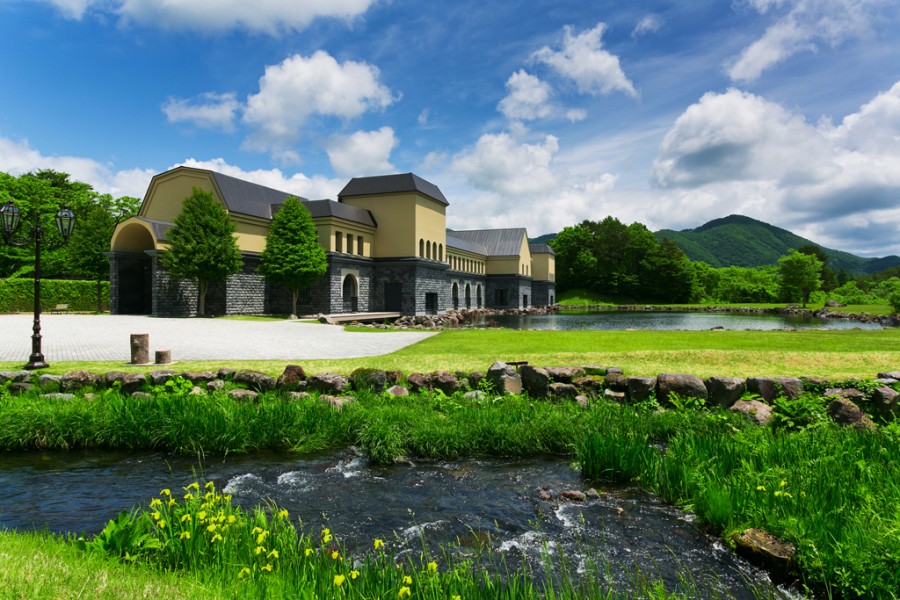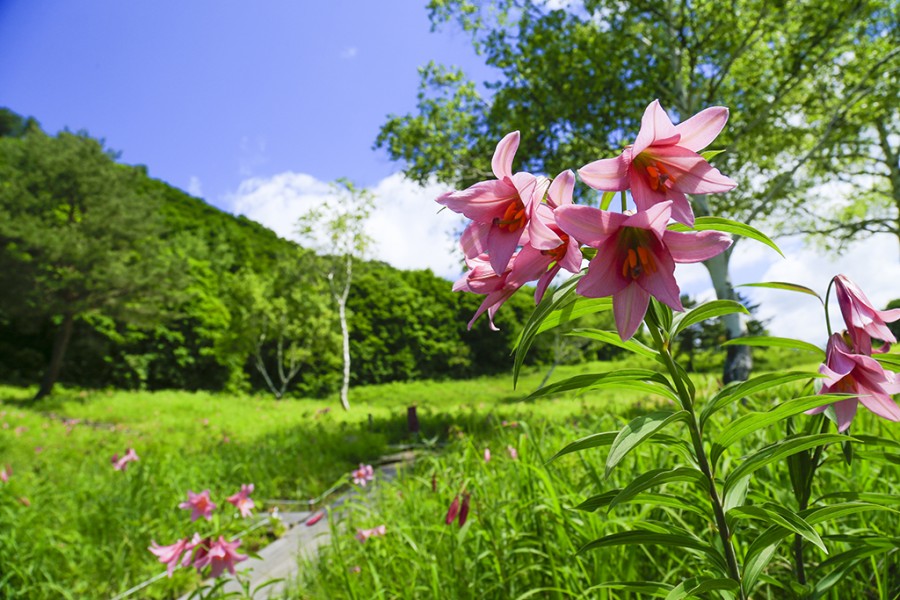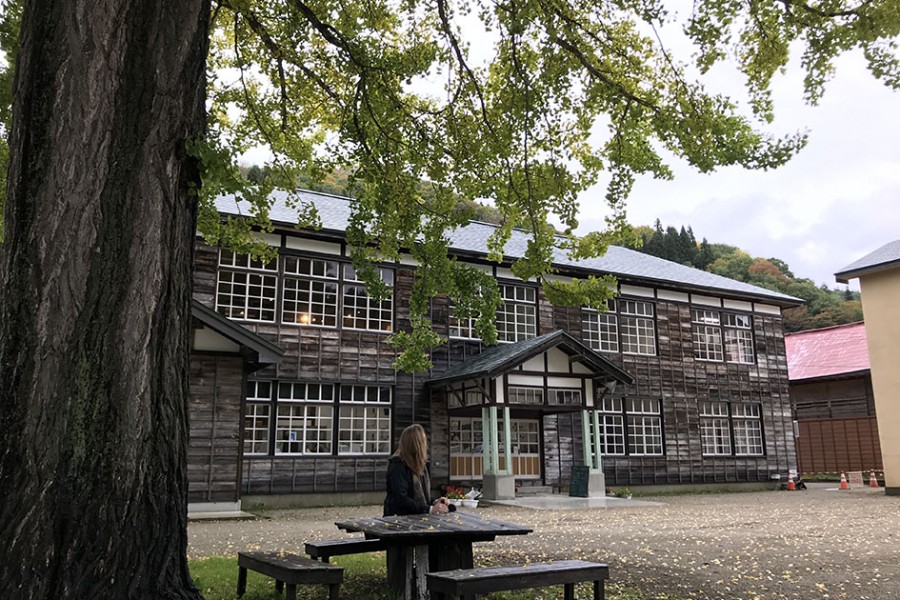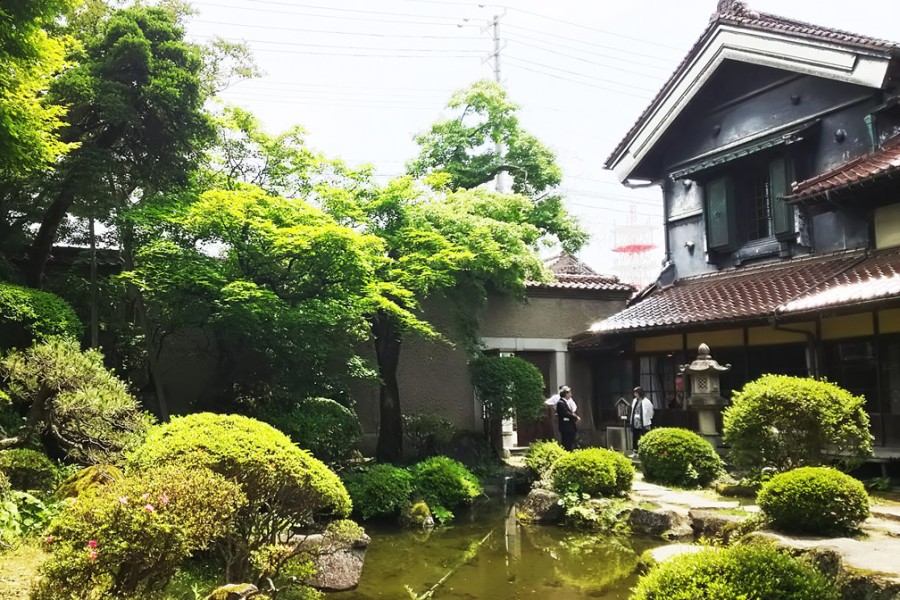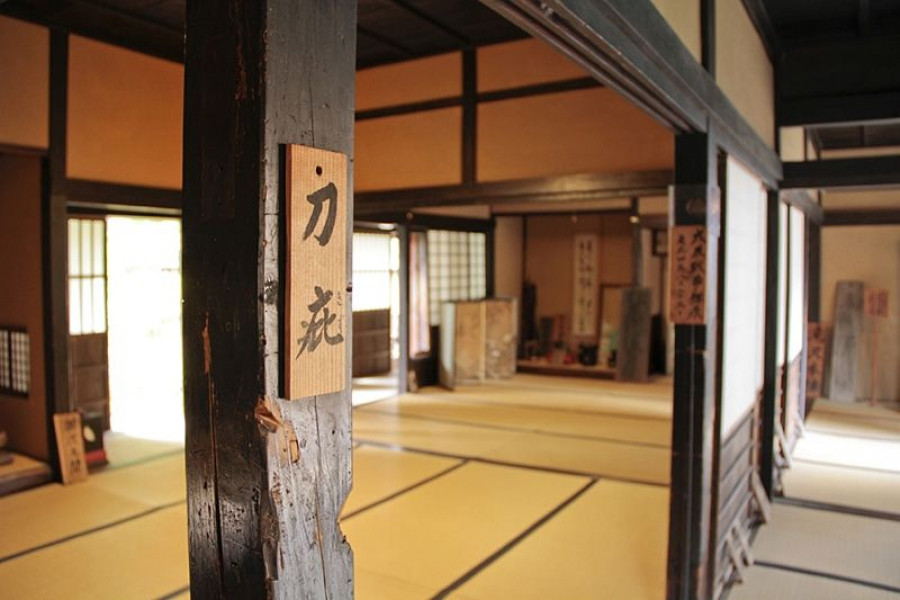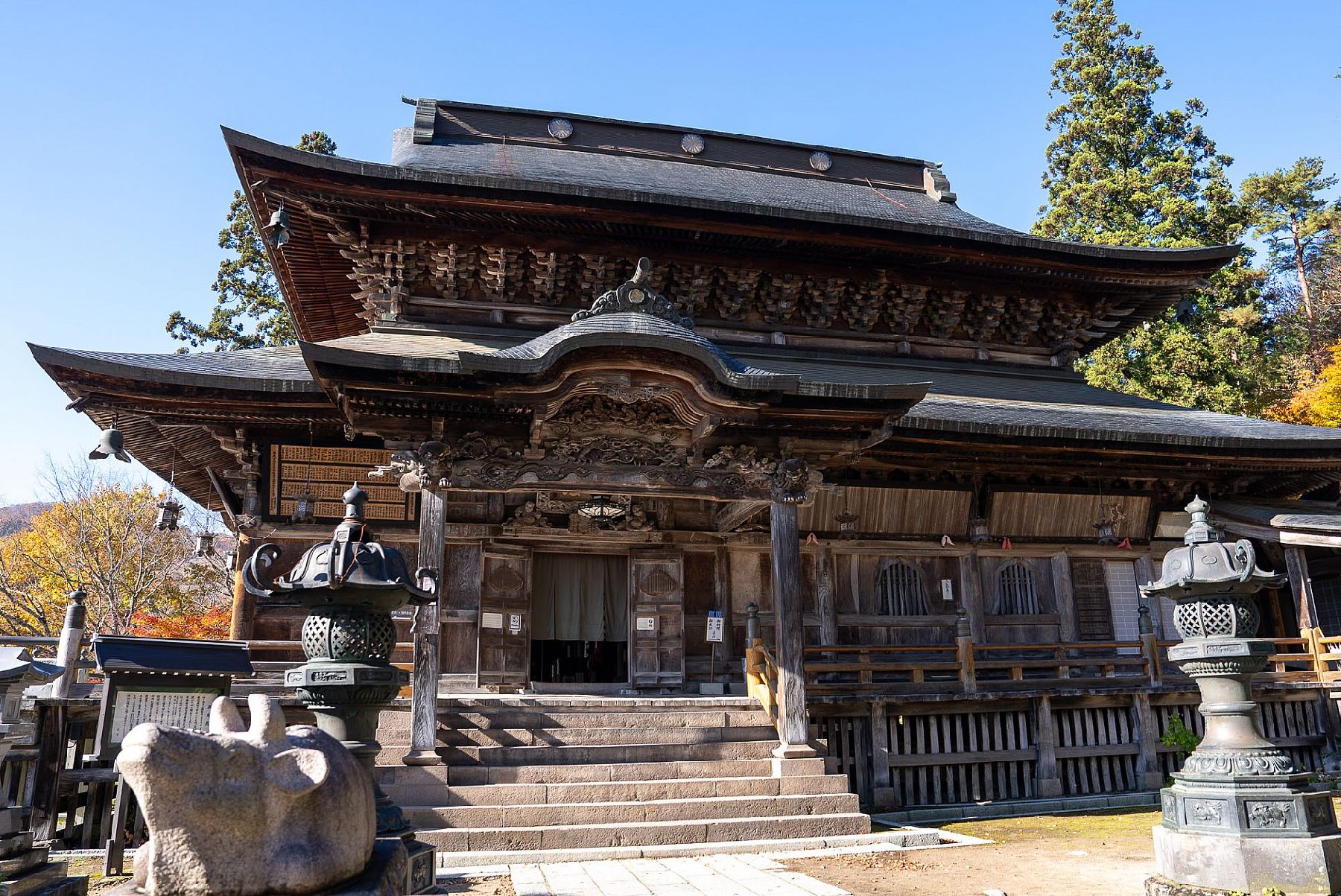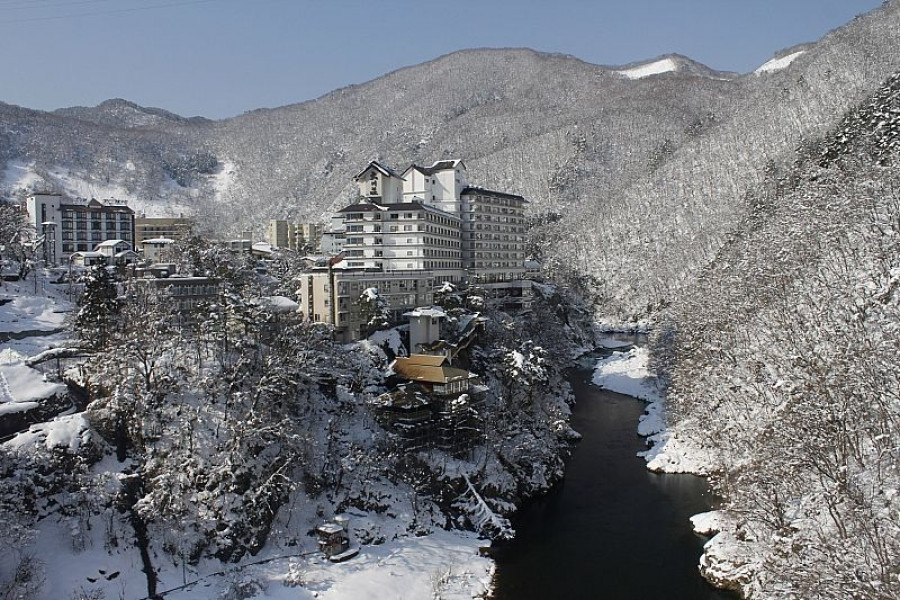
Ashinomaki Onsen
This hot spring resort town is well-known for its beautiful vallies, and the high quality of the abundant hot water that gushes from the town's natural hot springs.Ashinomaki Onsen is a convenient place to stay overnight for those visiting sightseeing spots such as Ouchi-juku, To-no-hetsuri, and Aizu-Wakamatsu City, as the town is located in between these key places.After enjoying a full day of sightseeing in Aizu, visitors can relax and lose track of time while bathing in a hot spring bath at a resort hotel or quaint ryokan.
